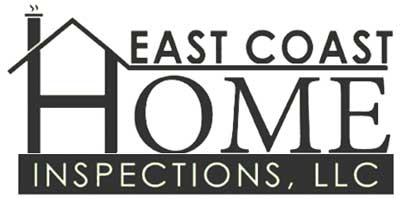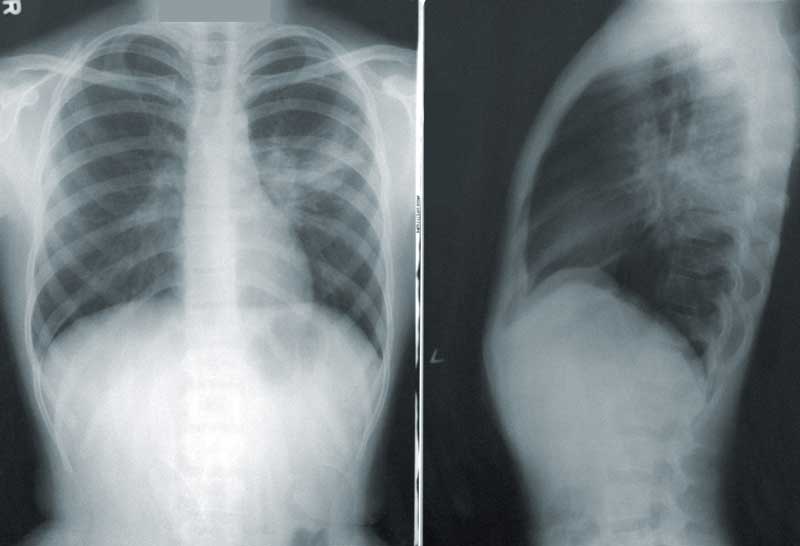CT & MA Radon Testing
Radon is a cancer-causing, radioactive gas. You can’t see radon and you can’t smell it or taste it. But it may be a problem in your home, leaving your family exposed to the dangers of this gas. Radon is estimated to cause about 21,000 deaths each year as per the EPA. That’s because when you breathe air containing radon, you can get lung cancer. In fact, the Surgeon General has warned that radon is the second leading cause of lung cancer in the United States today. Only smoking causes more lung cancer deaths. If you smoke and your home has high radon levels, your risk of lung cancer is higher.
MYTH: A neighbor’s test result is a good indication of whether your home has a high level of radon.
FACT: It’s not. Radon levels can vary greatly from home to home. The only way to know if your home has a radon problem is to test it.
How often and where should you test for radon?
Test for radon in the lowest livable floor of the home. Retest property if there has been construction within a half mile of the home or if a basement is finished or addition is done to the property.
CT & MA radon testing – recommended EPA values
Newer homes have a passive radon system installed. Radon testing should be done after the home is built to verify radon levels are safe. The EPA recommends a radon in air mitigation system for radon levels equal or greater than 4.0 pCi/L and suggests a radon mitigation system for levels between 2.0 and 4.0 pCi/L. For homes larger than 2000 sq.ft. two radon mitigation systems maybe recommended.
If you have a private well, radon in the water should also be tested. The EPA recommends a radon mitigation system for radon levels equal or greater than 5,000 pCi/L in water in Connecticut and 10,000 pCi/L in Massachusetts.
Three types of radon testing kits are available, Charcoal, Eprom, and electronic radon monitors.
Visit the EPA website for further information.


